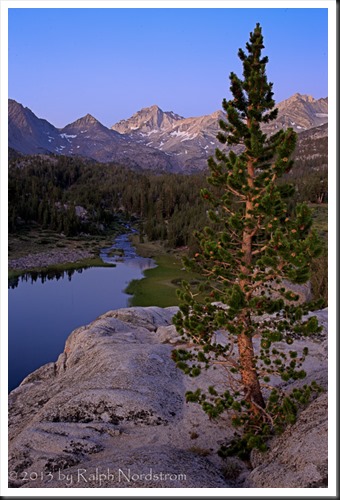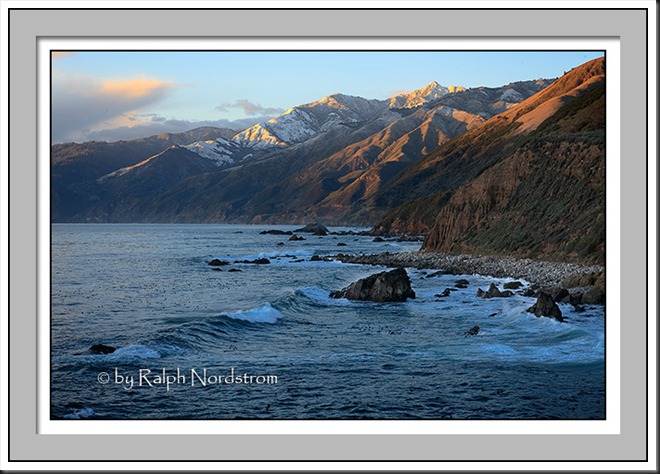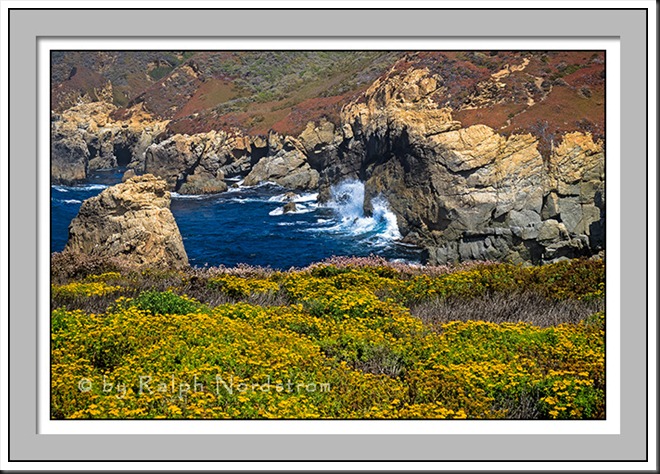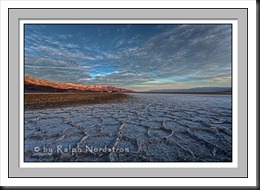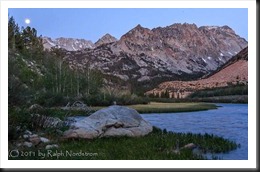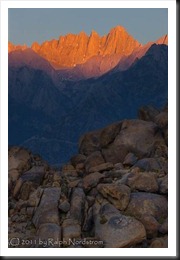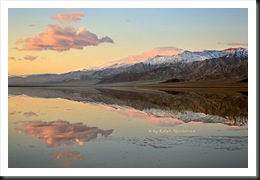Even Ansel Adams was critisized for ‘manipulating’ his photographs.
Every time I do a show I get asked multiple times if my photographs are manipulated. My answer is always, ‘Yes, of course.’ The hidden expectation is that photographs are supposed to be accurate depictions of the scene that is photographed. This expectation is not new. And any photographer that seeks to make art rather than documentation must face this question.
Take Ansel Adams for instance….
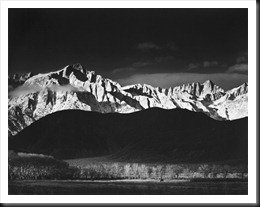
The above iconic Ansel Adams photograph is titled Winter Sunrise. It is of Mt Whitney and Lone Pine Peak above the Alabama Hills with Adams’ characteristic dramatic lighting.
There’s an interesting excerpt regarding this photograph from his book, “Examples, The Making of 40 Photographs.”
“The enterprising youth of the Lone Pine High School had climbed the rocky slopes of the Alabama Hills and whitewashed a huge white L P for the world to see. It is a hideous and insulting scar on one of the great vista of our land, and shows in every photograph made of the area. I ruthlessly removed what I could of the L P from the negative (in the left-hand hill), and have always spotted out any remaining trace in the print. I have been criticized by some for doing this, but I am not enough of a purist to perpetuate the scar and thereby destroy – for me, at least – the extraordinary beauty and perfection of this scene.”
It seems the debate raged in Adams’ day and continues today. I guess you know where I stand. Oh, and for those ‘purists’ that revere Adams, if they only knew.

Go ahead. Express yourself in your photographs.
Join me on an upcoming workshop. Click here for more details.
To see more of my photographs click here.
(1546)
Like this:
Like Loading...

